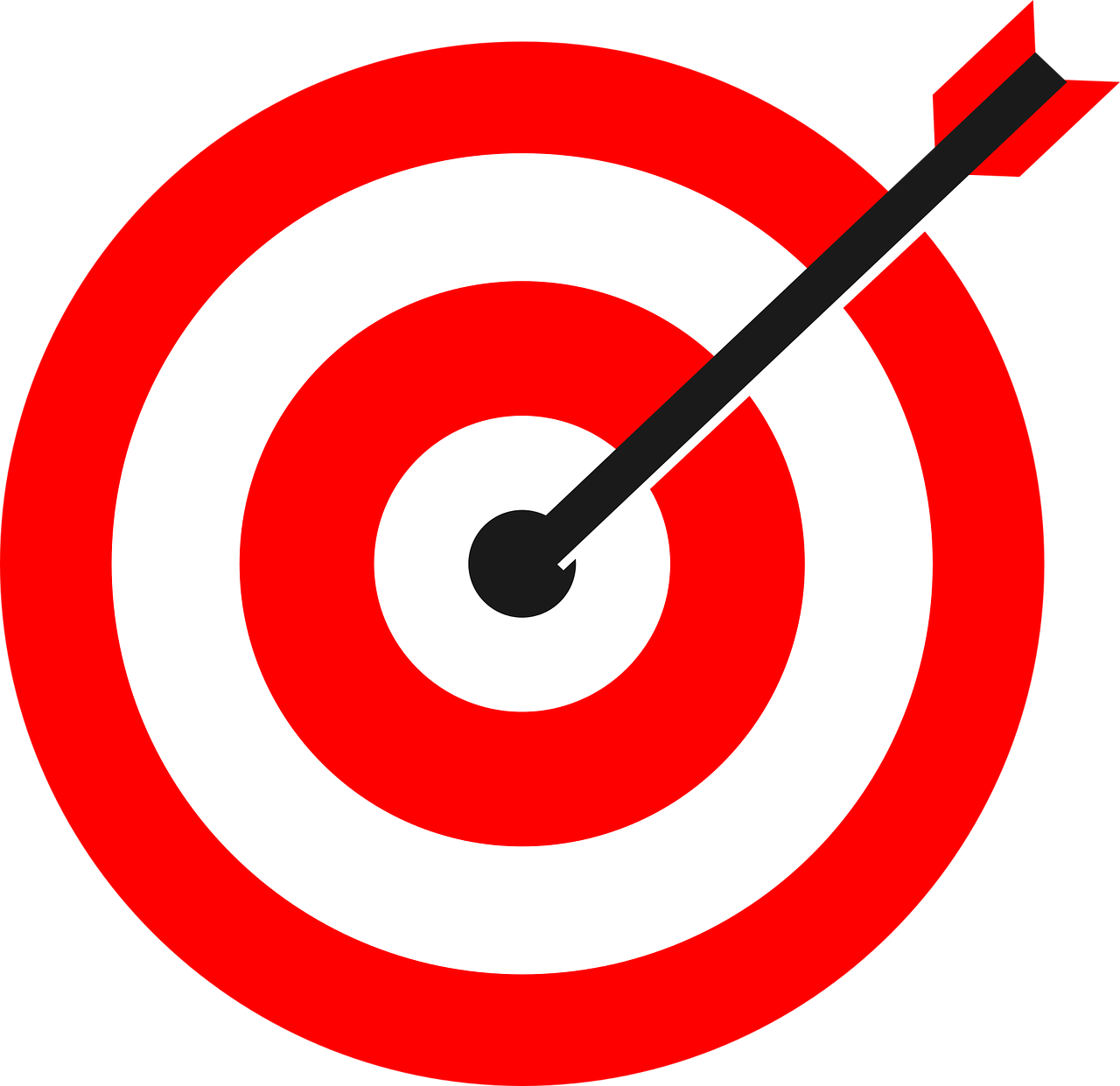When it comes to marketing, there’s one thing that’s always been true: the buying process is in the hands of the customer. In order for businesses to reach and convert customers, they need to create targeted, personalized experiences that appeal to the target audience.
To do this, you need to have a comprehensive understanding of your ideal buyer. Once you know who they are, you can make more informed decisions about media, messaging, and timing.
So how do you go about finding your target audience? It’s not as difficult as it may seem. Let’s take a look at exactly what a target audience is, and the steps you can take to find yours.
Target Audience Definition
Who Is The Target Audience?: The target audience is defined as a group of consumers who are interested in a particular product or service, and therefore when placing advertisements or campaigns, they should always come first in business strategy. The target audience is comprised of people who have specific behaviors, needs, and tendencies that make them more likely to consume a particular product or service.
When defining your target audience, you need to think about the specific behaviors, needs, and tendencies of your audience. Once you know what they’re looking for, you can design your marketing to meet their needs.
These are the people who will most likely purchase your product or service. This is the person you want to attract and this audience may be dictated by age, gender, income, location, interests, or a myriad of other factors.
Let’s talk about some examples:
A DavziaX Ltd company as a social media and digital marketing company target audience startup and large businesses who has the financial capability to promote their businesses online.
Target Audience Vs Target Market

The target audience and target market are quite different even though they sound alike. A target audience is the people who are your business’s major focus and a group or segment within that target market that is being served advertisements.
Meanwhile, a target market is the general set of consumers that a company plans to sell to or reach with marketing activities
This is to say; the Target market is the umbrella, which makes the target audience a more specific subset of a target market.
Let’s rewind back to the previous example, DavziaX Ltd which is a social media and digital marketing company’s target market are business owners which is a more wider views, while it’s target audience is a then narrowed down to startup and large businesses who has the financial capacity to promote their businesses on various digital marketing platforms online. lets say for instance this startup businanesses can be female business owners in both Nigeria and the United States of America between the age of 40-65 and above. It’s just an example, yours might be different depending on the type of product and services your offer and with the help of a lot of artificial intelligence tools right now you can narrow down your target audience efficiently.
Target Audience Advertising – How To Find Your Target Audience
To determine your target audience, you must spend time analyzing the data you receive from consumer engagements, evaluating current buyers and purchase trends, and optimizing as new information is revealed. These steps can help you identify the most relevant target market segments based on customer behavior, demographics, and intent.
You do not need to market the same to everyone. You can identify your target audience, and then optimize your marketing to suit their needs.
1. Define your target audience
Focus on those people who are your target audience and are ready to buy. This is the audience that you want to attract and convert so as to avoid wasting time and resources on people who are not interested.
2. Find Our Audience’s Needs
Identify the needs of your target audience and you can then use this information to design your marketing strategy. Make your personal findings and list out what your target audience needs, through their interactions and activities you can trace the pattern and there are also various tools out there that can help you boost the speed of your research.
3. Use Google Analytics
The information from google analytics can be leveraged to determine key insights such as what channels your target audience is coming from or what type of content they’re engaging and connecting with the most, allowing you to make more data-driven decisions during the media planning process
4. Determine Your Audience’s Tendencies
Now that you know the needs of your target audience, you can focus on the interests of your audience. This will help you convert leads into sales.
5. Optimize Your Marketing
You can only reach your target audience if you know who they are. Once you have the right target audience, you can optimize your marketing to appeal to them. optimization will help your contents rank either on google or any social media platform. by posting high-quality content like blogs, pictures, videos, etc…on google, Instagram, TikTok
6. Analyze Your Competitor
Knowing who your competitors are, will help you understand your strength and your weakness in the marketing trend. you can also learn from your competitors’ mistakes.
7. PLAN AND PRACTICE
Once you know who your target audience is, you can plan accordingly. If you want to reach a market segment that is more driven by mobile, you might choose to create a mobile-first marketing strategy versus a desktop-first strategy.
8. AUDIT
Finally, after you’ve identified your target audience, it’s time to audit them using a variety of metrics to get information about what they’re interested in, how they’re getting to your site, and what they’re doing on your site.
Conclusion
Finding your target audience is essential to a successful marketing campaign. Without it, your advertisements and messages will be preaching to the choir, and you’ll quickly lose money on marketing efforts. However, when you take the time to understand your target market, you can create laser-targeted campaigns that result in more conversions and a higher ROI.

